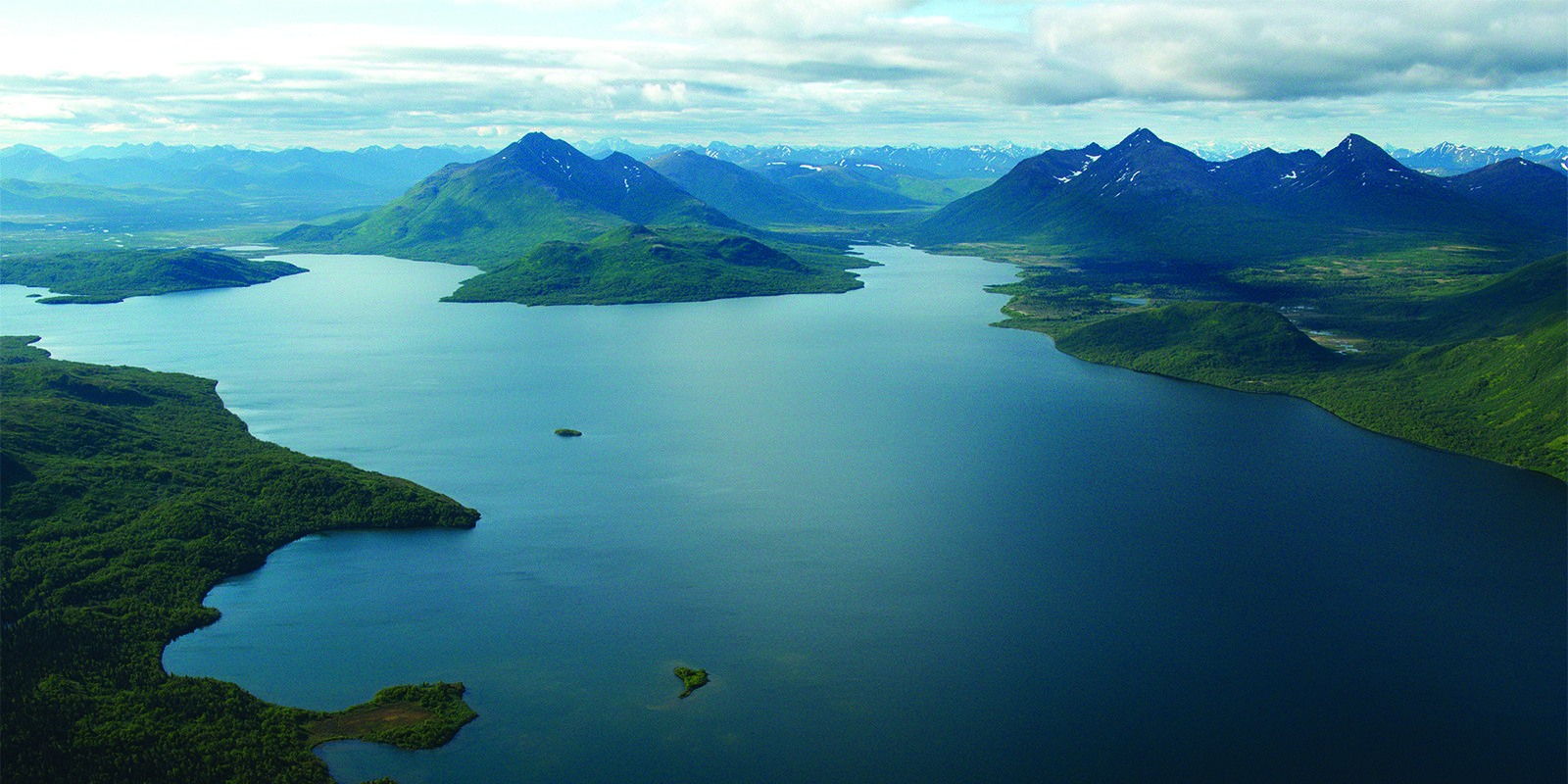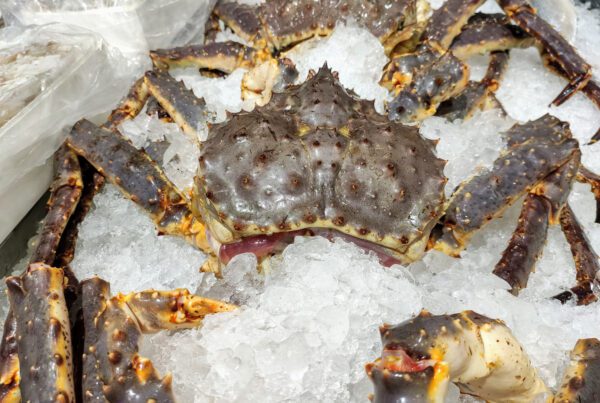On July 30, 2019 the EPA reversed protections in favor of the proposed Pebble Mine in Bristol Bay, AK. The move stripped protections from the Clean Water Act, spurring activists and commercial fishermen and locals tribes to speak out against the move, which could be toxic to the watershed people depend upon.

The main source of jobs in Bristol Bay come from commercial sockeye salmon fishing, with almost 14,000 people employed directly and many more working in tertiary support or service of the industry. Pebble Mine developers claim the project will bring around 750 jobs to the area, but locals are skeptical about the jobs. Not only are the jobs questionable, but the environmental impact studies that have been released are under scrutiny. Many expect those studies to be glossing over the very real problems that come from such a project.
One impact is the perception of Bristol Bay in the market. As one of the most valuable wild salmon fisheries in the world, perception of the area is key to maintaining the value in the brand. The last salmon season in Bristol Bay was the greatest to date at $281 million and a catch of 41.3 million fish. This season, as of July 31, 2019, almost 43 million salmon have already been caught, soundly defeating last year.
These numbers shouldn’t belie a safety net for the harmful environmental impact of the mine. The goal isn’t to strip resources to the barest protection just because the area is incredibly productive. The goal is always to protect our watershed and environment so that the area can keep supplying quality food for years to come. Not every year will be a record-breaker and we work to protect these areas so that when times are tough, they’re a viable, sustainable food source.



